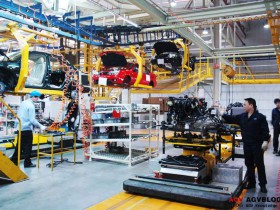As one of the core equipment of intelligent logistics, mobile handling robots have experienced explosive growth in recent years. In the mobile robot market, in addition to the well-known AGV, RGV and IGV also play their respective roles in the automated logistics system. However, for the differences between AGV, IGV, and RGV, many people do not have clear conceptual distinctions.
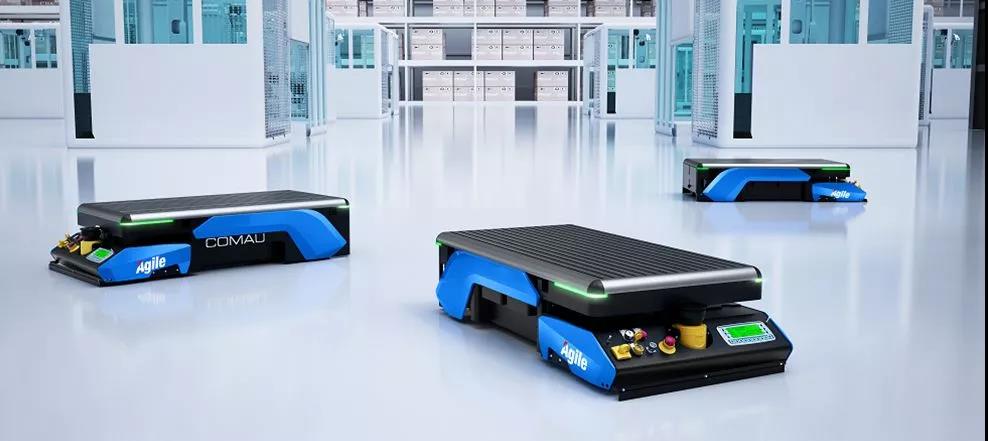 What is the difference between RGV, AGV and IGV
What is the difference between RGV, AGV and IGV
RGV: The full name is Rail Guided Vehicle, that is, "rail-guided vehicle", also known as "rail-guided shuttle". RGV is commonly used in three-dimensional warehouses with various high-density storage methods. The trolley passage can be designed as long as necessary, and no other equipment is required to enter the roadway when handling and moving goods. It is fast and safe, which can effectively improve the operating efficiency of the warehouse system .
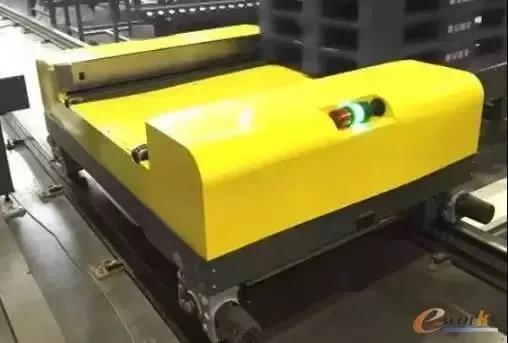
AGV: The full name is Automated Guided Vehicle, which means "automated guided transport vehicle". AGV is a transport trolley equipped with electromagnetic, optical or other automatic guidance devices that can travel along a prescribed guidance path, with safety protection and various transfer functions.
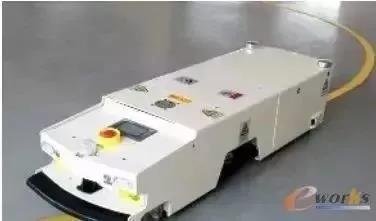
IGV: The full name is Intelligent Guided Vehicle, which is an intelligent guided transport vehicle. IGV is a new concept proposed in recent years. Compared with traditional AGV, IGV is more flexible, does not require any fixed markers to travel, and the route is flexible and can be flexibly scheduled according to actual production needs.
To sum up, from the perspective of automation and intelligence, RGV
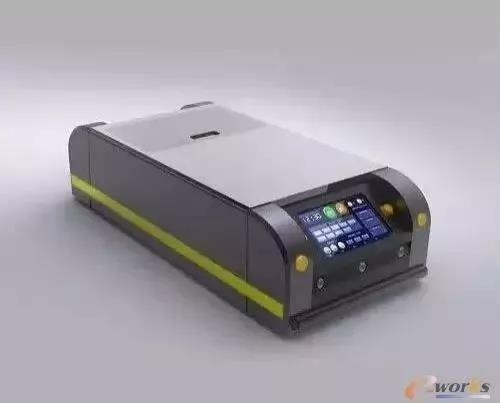
Scenario applications have their own advantages
From RGV to IGV, it also indicates the development trend of mobile robots to a certain extent. It is more intelligent, requires fewer auxiliary tools, and has a higher degree of flexibility. But this does not mean that IGV will replace other devices in the future. At least for now, they have their own advantages in different application scenarios.
As a rail shuttle, RGV can easily and automatically connect with other logistics systems, such as loading / unloading platforms, various buffer stations, conveyors, elevators and robots, etc., to carry materials as planned. Although its flexibility and flexibility are lower than AGV and RGV, its operating efficiency is higher. At the same time, because RGV often needs to be used in conjunction with other equipment, most manufacturers are logistics integrators, and there are relatively few companies that do RGV alone.
AGV has been in the limelight this year, and it has a wide range of applications in e-commerce warehousing and manufacturing. Compared to RGV, AGV is characterized by wheeled movement, which is faster than walking, crawling or other non-wheeled mobile robots. , High work efficiency, simple structure, strong controllability, good security and other advantages. Compared with other equipment commonly used in material transportation, the active area of the AGV does not need to be installed with fixed devices such as rails and support frames, and is not limited by the site, road and space. Therefore, it can fully reflect its automation and flexibility, and realize efficient, economic, and flexible unmanned production. Its advantages are mainly reflected in:
high working efficiency;
high degree of automation;
Avoid manual operation, low error rate;
Charging automation
Convenient and reduce footprint
Relatively low cost
Beautiful, improve viewing, and enhance the corporate image.
The scale of the AGV market continues to grow. In addition to the traditional "big household" automotive, tobacco and other industries where AGV is applied, electronics, home appliances and other industries will also lead the sales of AGV. In addition, construction machinery, medicine, electric power, chemical industry, papermaking, national defense, new materials and other industries have been promoted and applied. In addition to storage and handling, AGV presents a wider range of applications in manufacturing enterprises. Foreign brands still have significant advantages, and domestic manufacturers are constantly catching up.
▼ AGV brand tag cloud ▼
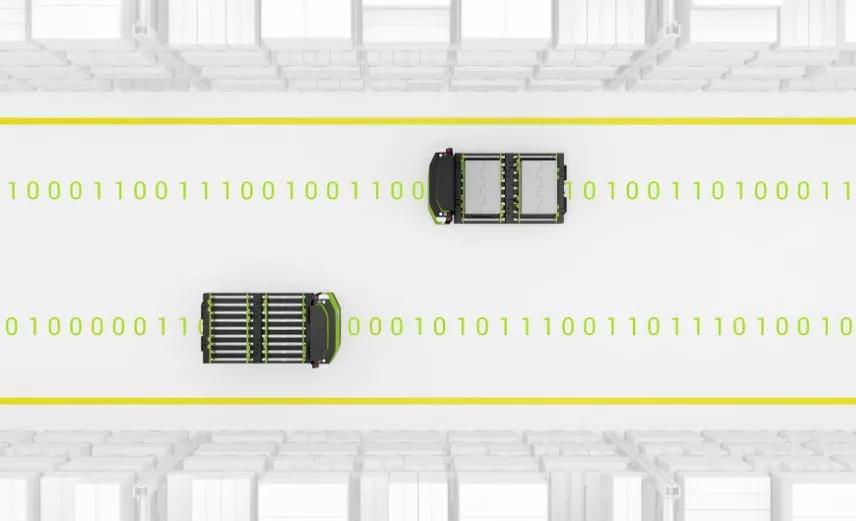
AGV selection points and steps
As a result of the continuous innovation and development of AGV technology, IGV has achieved further improvements mainly in terms of accuracy, safety, flexibility, and environmental adaptability. Suitable for application scenarios with higher requirements for flexibility, IGV can not only meet conventional handling functions, but also selectively carry different functional modules (such as jacking modules, traction modules, roller line modules, etc.) according to the customer's process flow. ), Can meet the purpose of one car for multiple uses, but the price is relatively high.
In different scenarios, RGV, AGV, and IGV each exert their own advantages, but with the development of technology, the future trend may be the integration of multiple functions, one vehicle for multiple uses, maximizing efficiency and saving costs.
Look at a case
AGILOX trolley is a self-driving van for material handling. It is equipped with a double-scissor lifting device that can lift cargo or cargo handling equipment (such as pallets) from the ground to a height of 1000 mm. In the basic version, the AGILOX trolley can transport European pallets with a maximum weight of 750/1000 kg according to the required scissors height.
In different scenarios, RGV, AGV, and IGV each exert their own advantages, but with the development of technology, the future trend may be the integration of multiple functions, one vehicle for multiple uses, maximizing efficiency and saving costs.

